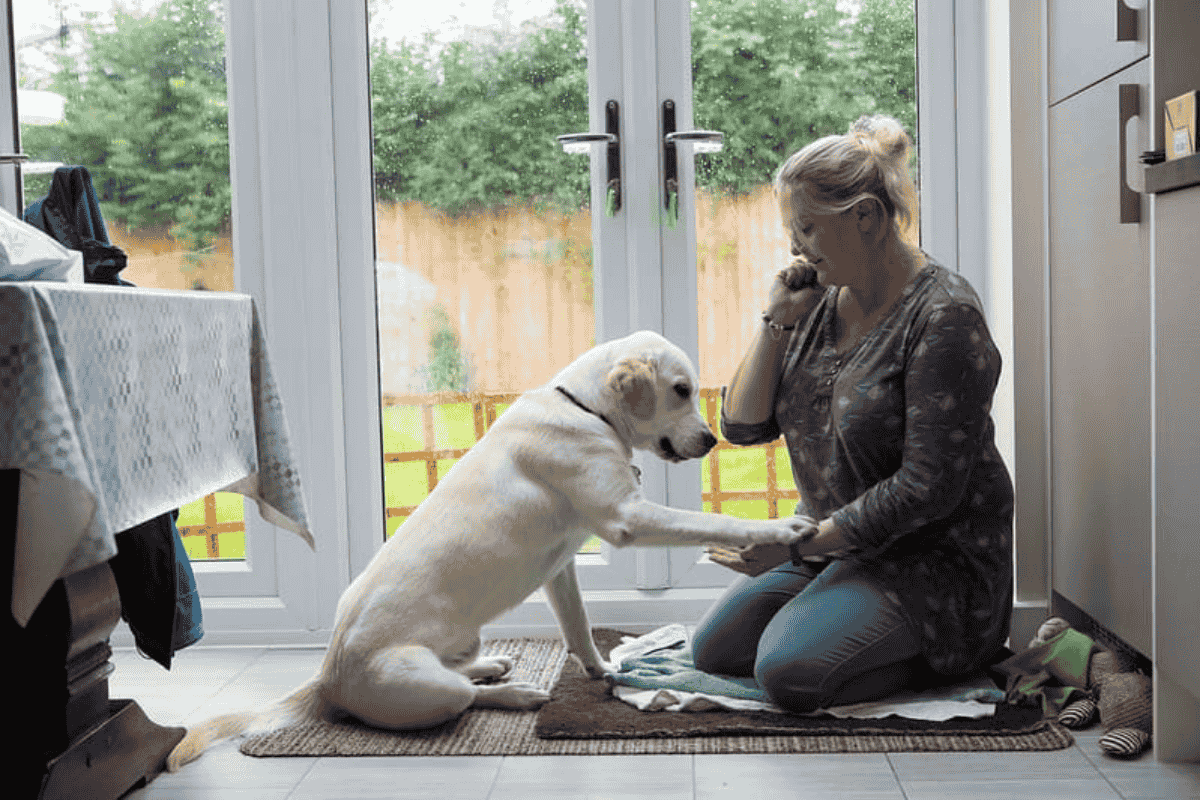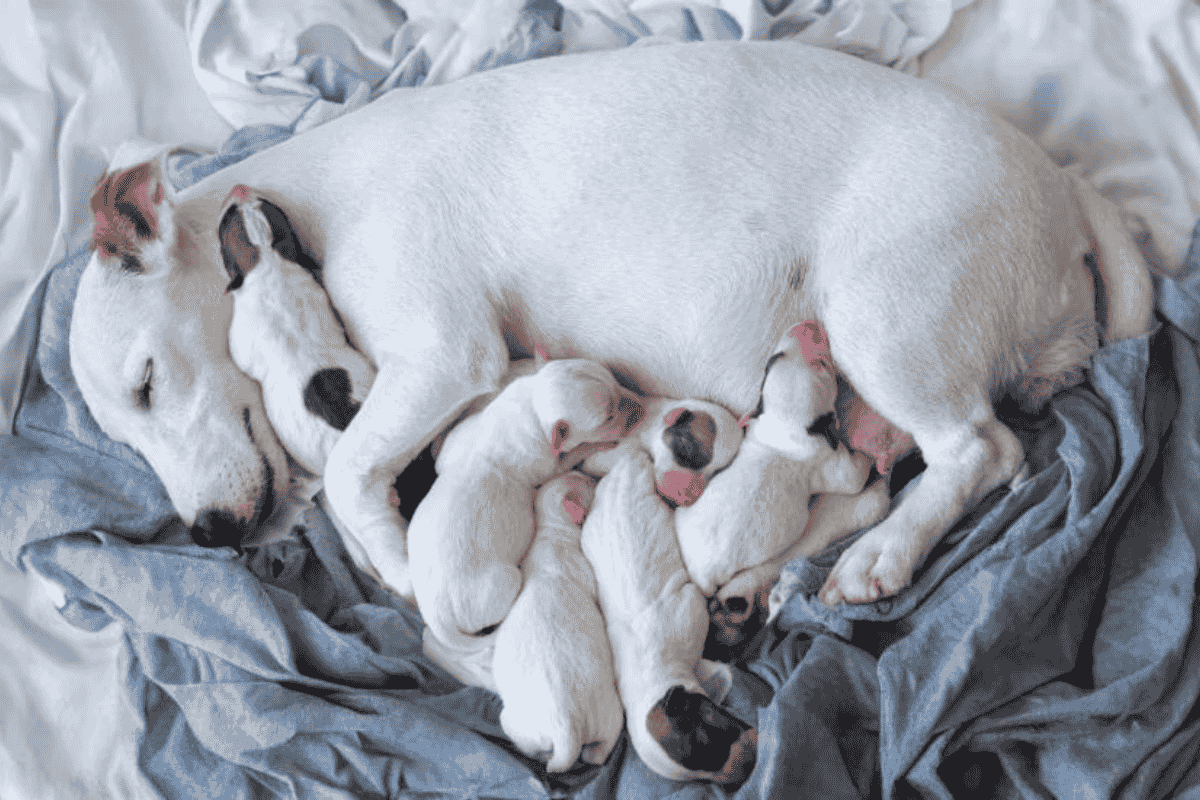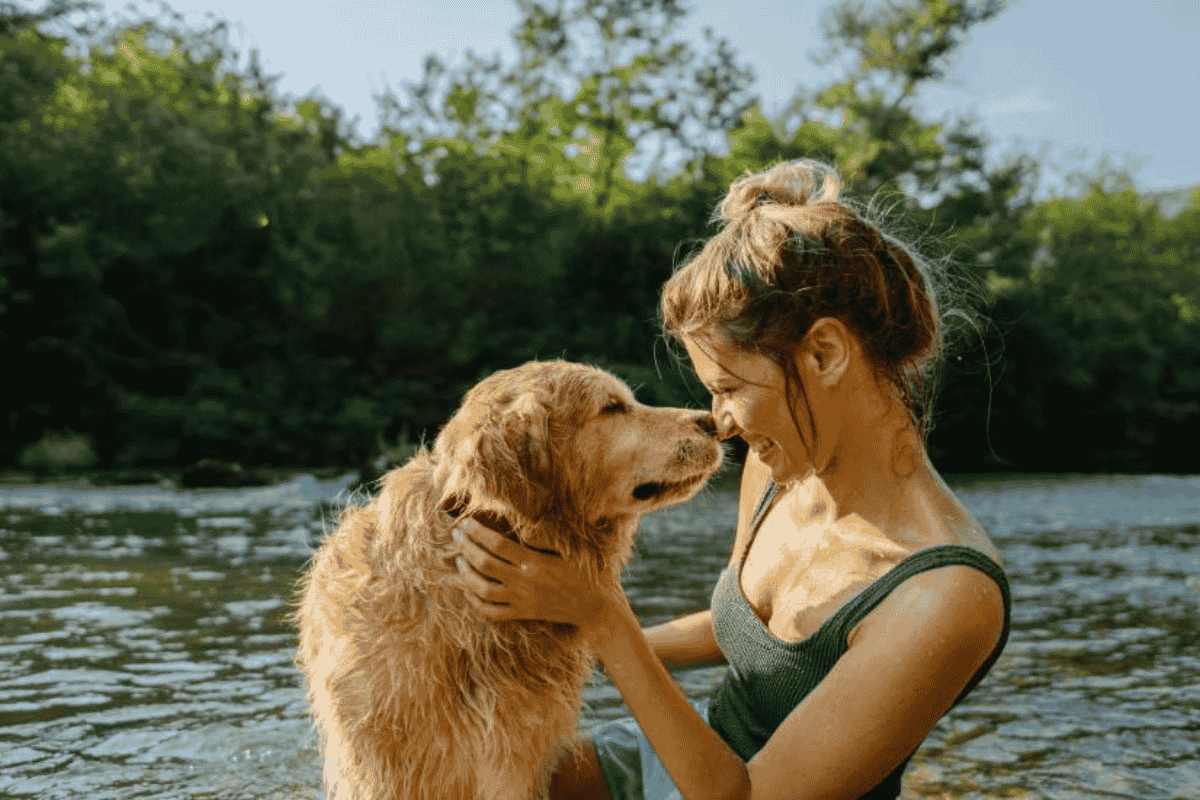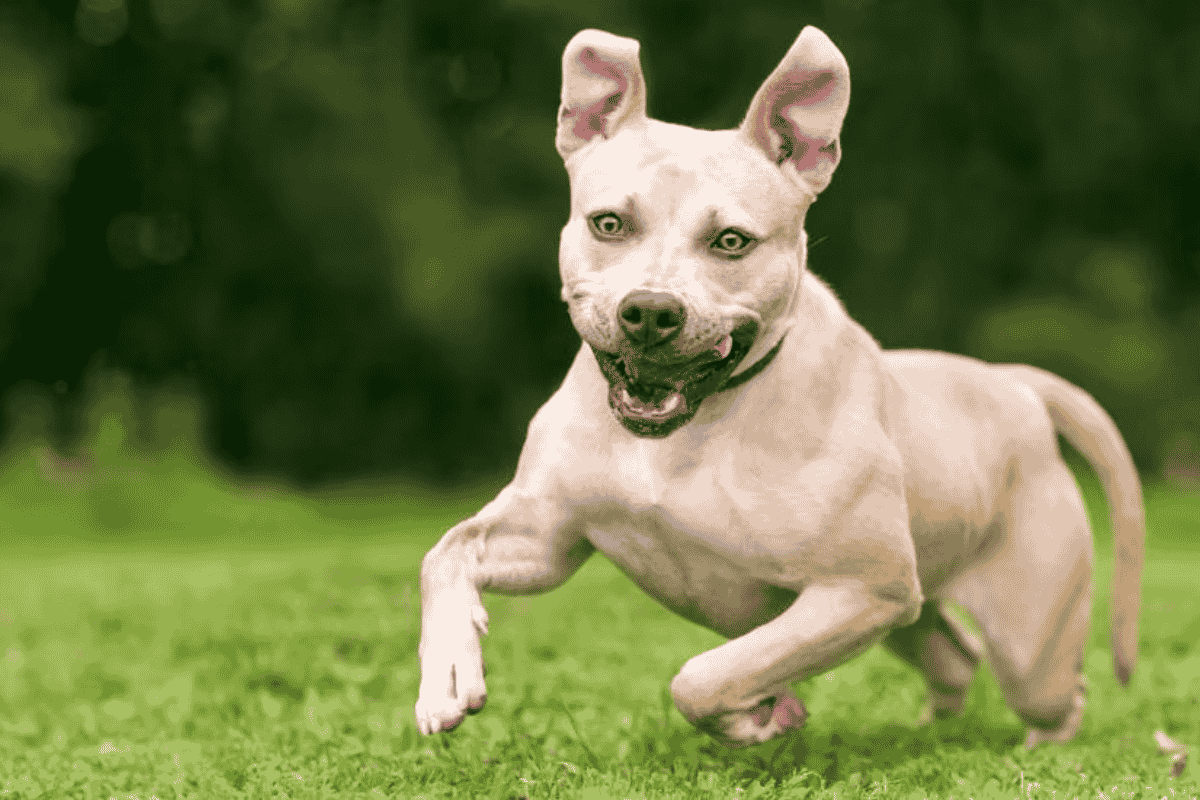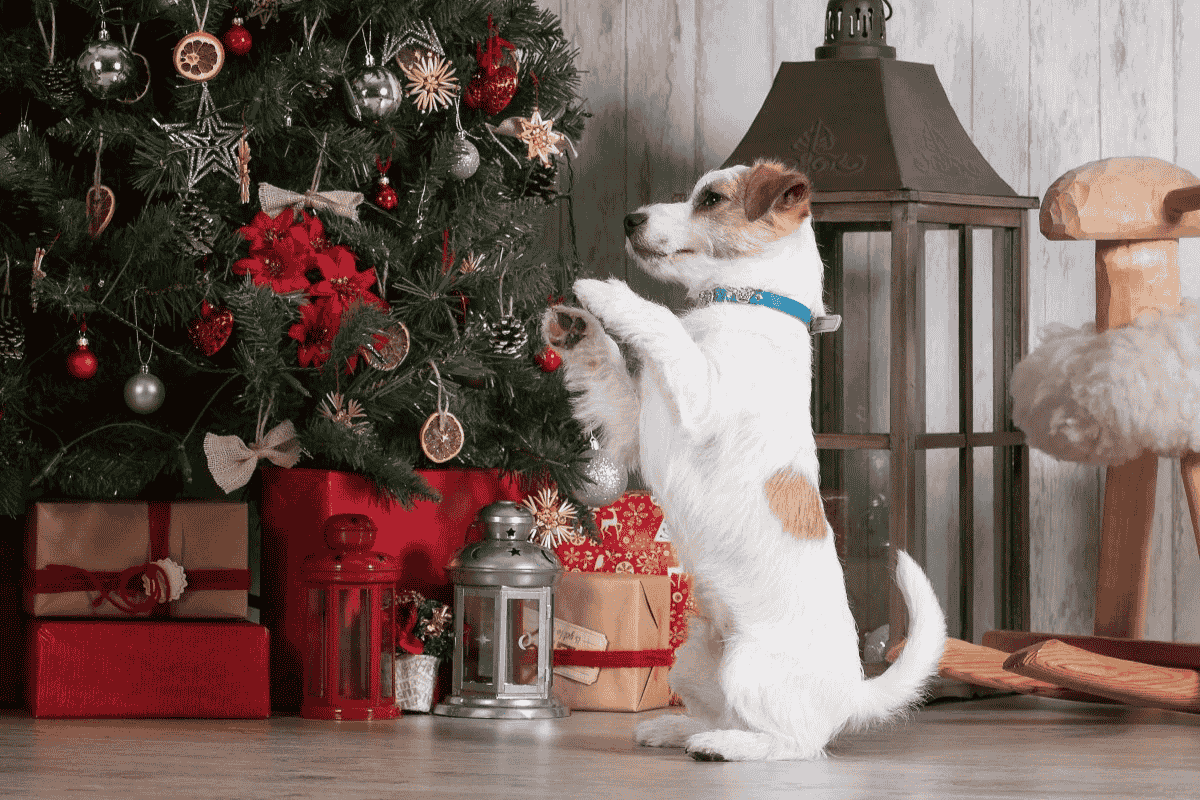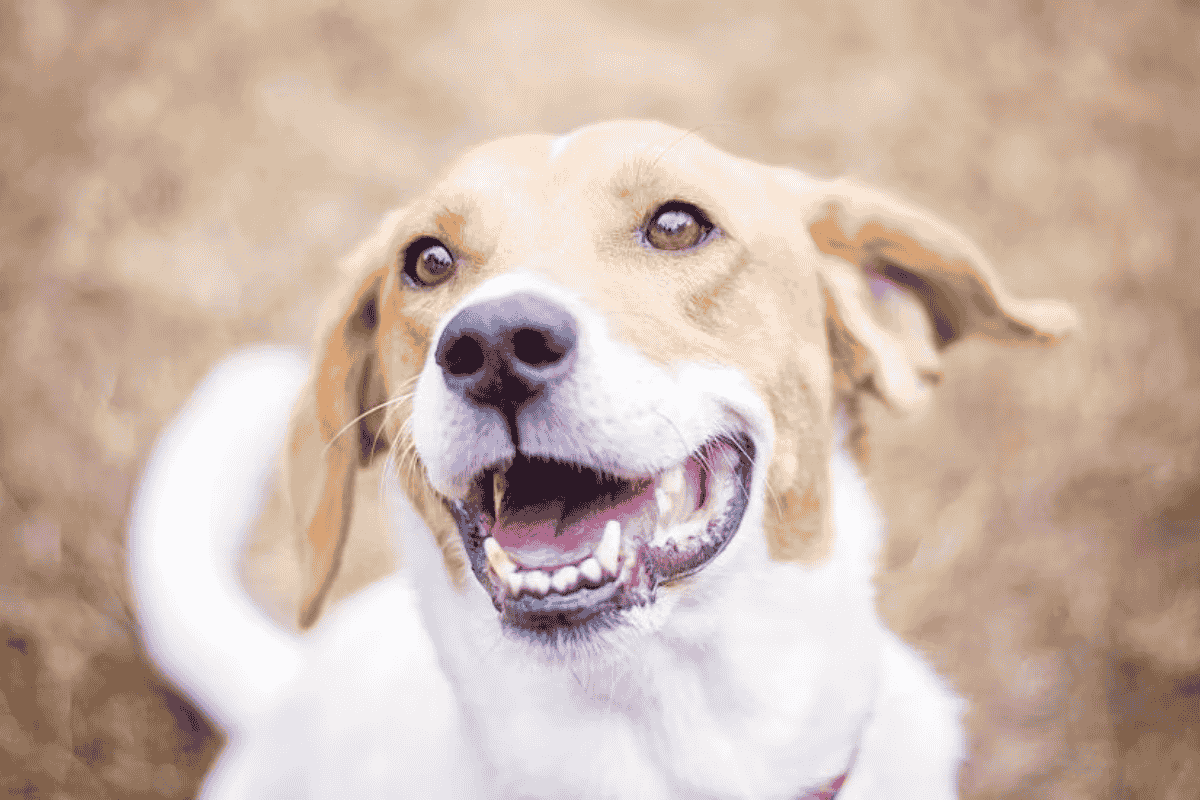Adopting a new dog is both exciting and challenging. With patience, structure, and preparation, you can help your new companion transition smoothly into your home and set the stage for a rewarding relationship. Here are essential guidelines to follow.
Be Patient
Moving into a new environment with unfamiliar people, animals, and routines can be overwhelming for your dog. Give her time to adjust at her own pace. Exposure to new experiences should be positive, not forced, to build trust and confidence.
Establish a Routine
Consistency is key to helping your dog feel secure. Create regular schedules for feeding, walking, and rest. Decide who in the family will handle each responsibility to avoid confusion. A structured environment reduces anxiety and prevents unwanted behaviors.
Gradually Introduce New Pup to Resident Pup
If you already have a dog, introductions should be slow and controlled:
- DO: use positive reinforcement, start on neutral ground, allow breaks, and stop interactions if signs of fear or aggression appear.
- DON’T: force interactions, leave favorite toys out during first meetings, or ignore signs of discomfort.
Watching body language carefully ensures both dogs stay safe and comfortable.
Establish Crate Training Early
A crate provides safety, supports house-training, and can be useful for travel. Introduce it as a calm, positive space with comfortable bedding. Never use the crate as punishment. If distress continues, consult your veterinarian for guidance.
Provide Necessary Enrichment
Offer safe toys, proper bedding, and interactive play to keep your dog mentally and physically stimulated. Supervise when introducing new toys to ensure they are durable, non-toxic, and safe from choking hazards.
Find a Positive-Enrichment Dog Trainer
Training builds confidence, strengthens your bond, and improves behavior. Choose a trainer who uses positive reinforcement rather than harsh or painful methods. Interview trainers or observe a class to make sure their approach aligns with your values.
Potty Train with Positive Reinforcement
Even housebroken dogs may regress in a new environment. Use consistent cues like “go potty,” take frequent trips outside, supervise closely, and reward success immediately. Interrupt accidents calmly—avoid punishment, which can increase anxiety.
Transition to New Food or Diet
If your dog is thriving on their current diet, continue it until you consult your vet. If changes are necessary, switch gradually over 1–2 weeks by mixing the old and new food to minimize digestive issues.
Physical and Mental Exercise Are Key
Daily walks provide both physical activity and mental stimulation. Puzzle toys, training games, and play sessions add extra enrichment indoors. The amount of exercise needed depends on breed, age, and health—ask your vet for tailored recommendations.
Establish a Veterinarian Partnership ASAP
Schedule a vet visit soon after adoption. Bring medical records and vaccination history to help your vet develop a care plan. Building this relationship early ensures your pet’s health needs are met promptly and consistently.
Welcoming a dog into your family is deeply rewarding but requires patience, structure, and preparation. By establishing routines, using positive reinforcement, and prioritizing health and enrichment, you’ll create a loving, supportive home where your new companion can thrive.
